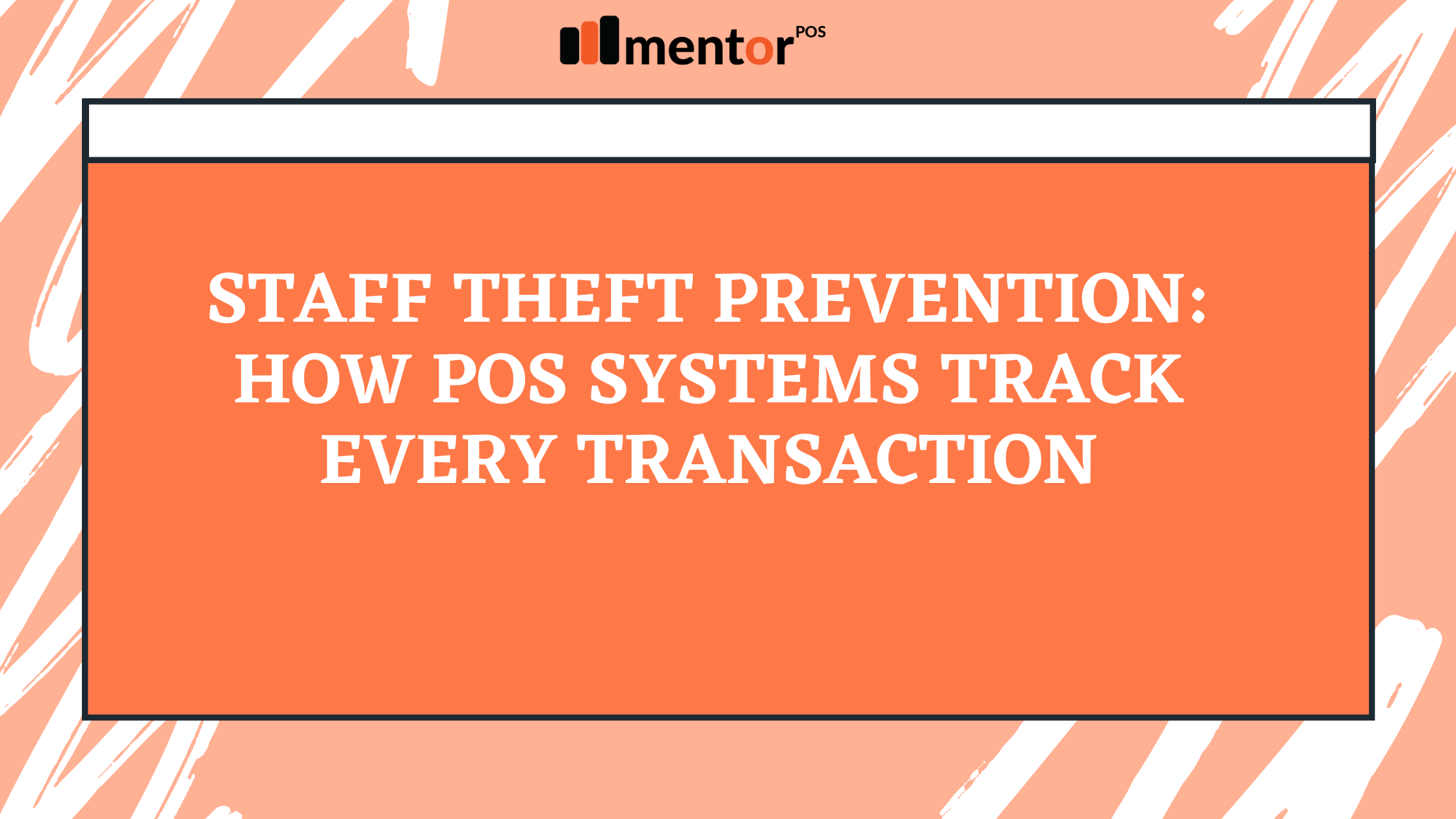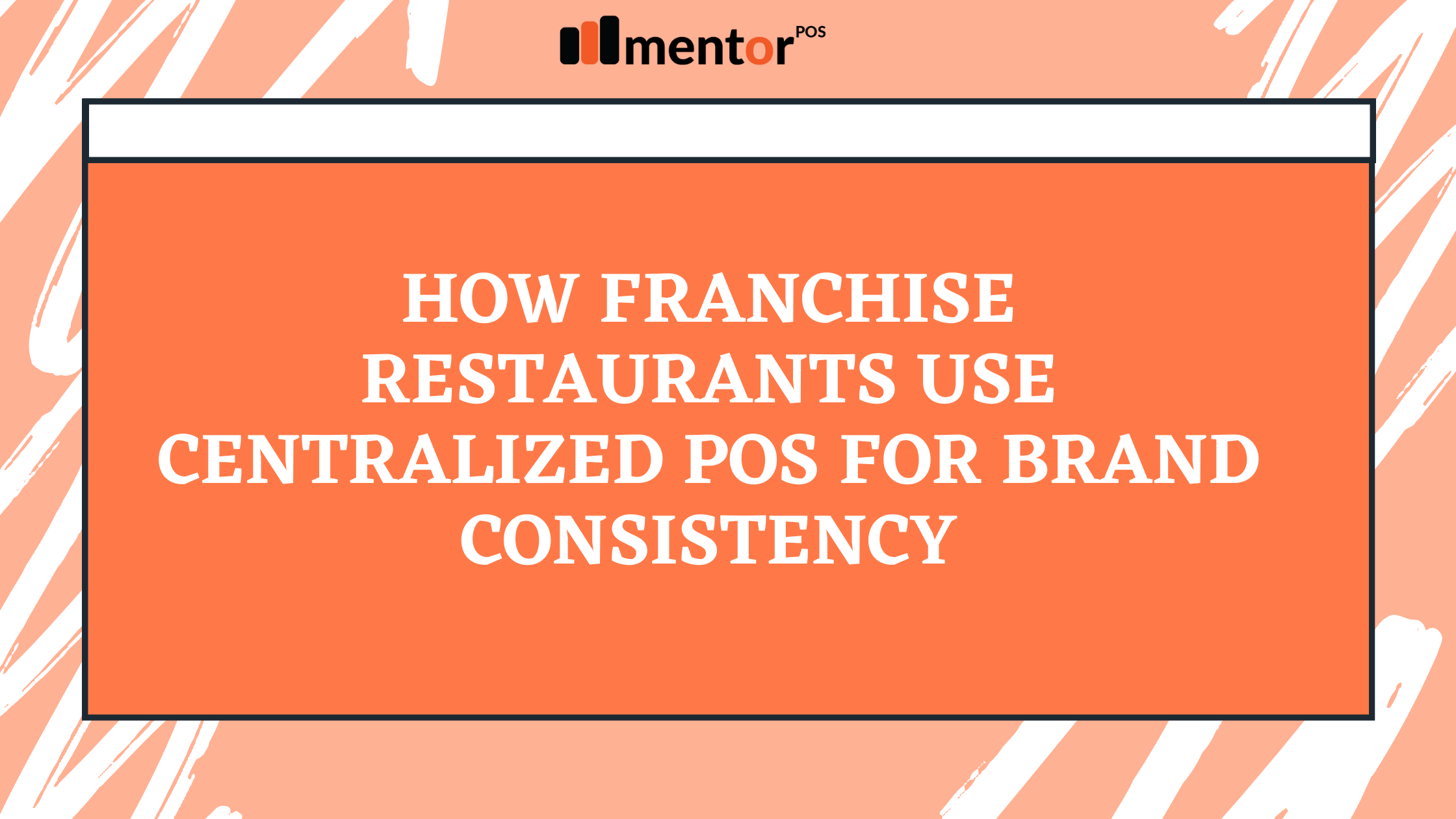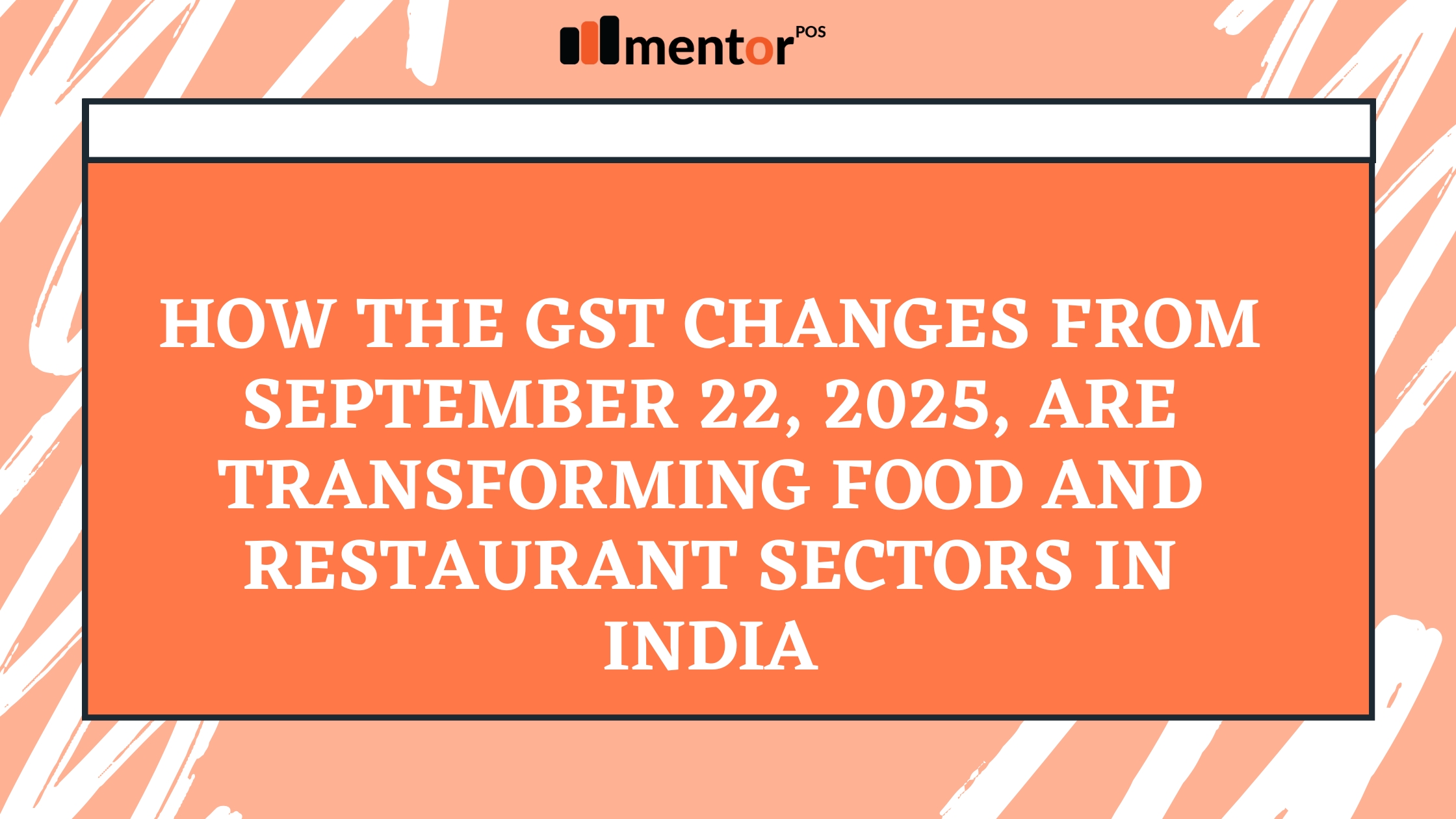With Rapido stepping into the food delivery space, the duopoly of Zomato and Swiggy is facing fresh competition. Known for its bike taxi and hyperlocal delivery services, Rapido is betting big on its existing logistics network to disrupt a sector dominated by customer loyalty, brand trust, and strong retention mechanisms. But can pricing alone help Rapido win? Let’s break it down.
Pricing: The Entry Wedge for Rapido
Rapido’s Strategy:
Rapido is undercutting the market, offering food delivery with no delivery charges for early users and lower commissions to partner restaurants (reportedly 10-15%, compared to Zomato/Swiggy’s 20-30%).
Zomato and Swiggy’s Pricing Model:
- Delivery fees range from ₹25–₹50 depending on distance, order size, and surge pricing.
- They also monetize via Zomato Gold and Swiggy One, which offer free delivery and discounts in exchange for subscription fees.
Customer Loyalty and Brand Perception
Zomato and Swiggy have spent years building strong customer loyalty, especially in Tier 1 and Tier 2 cities. Their brands are synonymous with food delivery. Zomato enjoys a slightly better recall due to its IPO, advertising campaigns, and aggressive marketing.
- Swiggy is trusted for reliability, while Zomato is often praised for speed and UI/UX.
- Repeat Orders: Data suggests ~60-70% of monthly orders come from repeat customers on Zomato and Swiggy.
- Brand Love: These apps have become habit-forming, often used without a second thought.
Rapido’s Challenge:
- No emotional equity in food delivery.
- Needs to build user habit from scratch.
After-Sales and Customer Support
- Zomato and Swiggy have dedicated help sections, live chat support, automated refunds, and order tracking.
- Zomato recently strengthened its customer service by bringing more human agents back into the loop for sensitive issues.
Rapido’s Track Record:
- Based on its taxi services, customer grievance handling is a mixed bag.
- Delays in refund processing, lack of robust customer escalation system, and lower trust in resolution timelines.
Partner Restaurant Support
- Rapido is offering lower commission, which is attractive to small restaurants and cloud kitchens.
- However, Zomato and Swiggy provide analytics, dashboards, packaging solutions, and branding opportunities, which many restaurants value.
Magicpin: A Case Study in Niche Value
While not a full-fledged competitor, Magicpin has carved out a space in offline discovery and hyperlocal deals. It also offers food delivery, primarily through cashback and coupon-based incentives.
- Value-driven model attracts deal hunters.
- However, it lacks operational muscle and is not designed for high-frequency orders.
Final Verdict
Rapido’s entry may shake things up in the short term, especially with its competitive pricing and existing delivery infrastructure. However, Zomato and Swiggy’s dominance is rooted in customer loyalty, superior tech, and service reliability, areas where Rapido has to catch up significantly.
Unless Rapido innovates beyond pricing—perhaps by building unique features or integrating with its bike-taxi services—it risks becoming just another discount player in a game driven by trust and habit.







